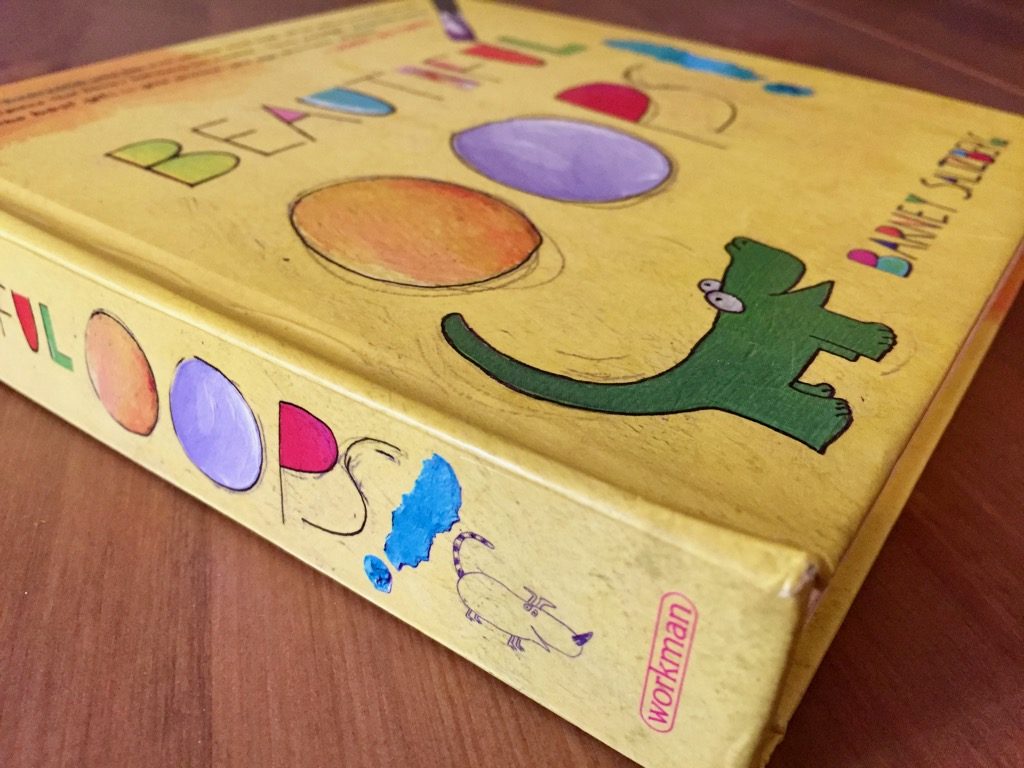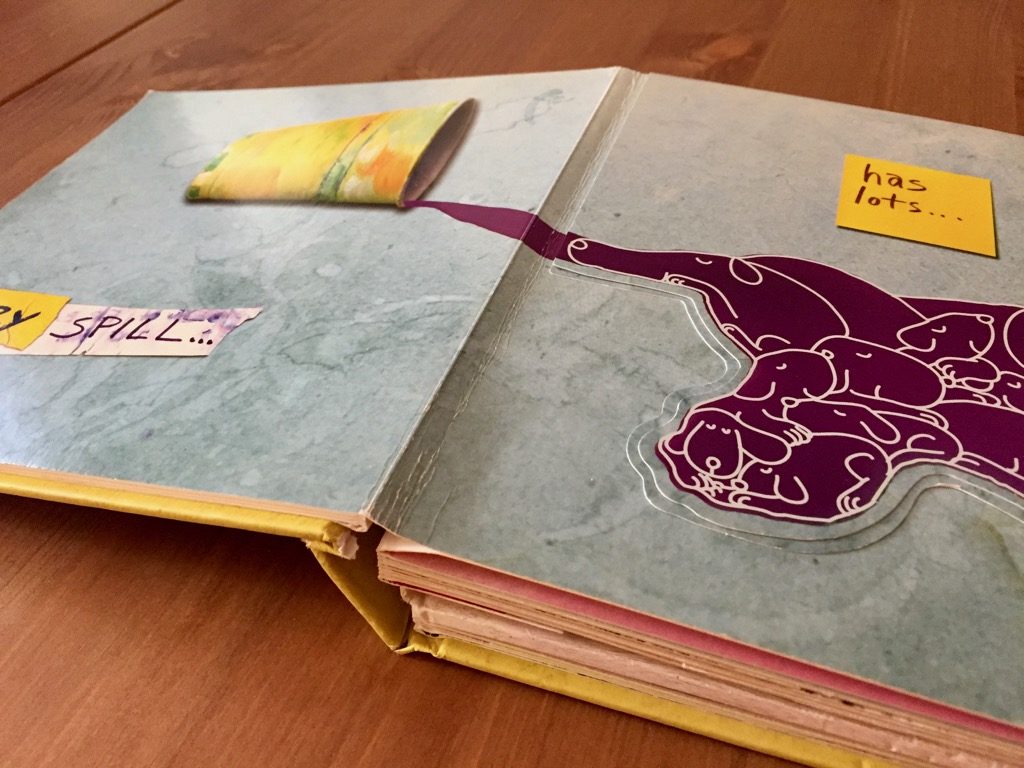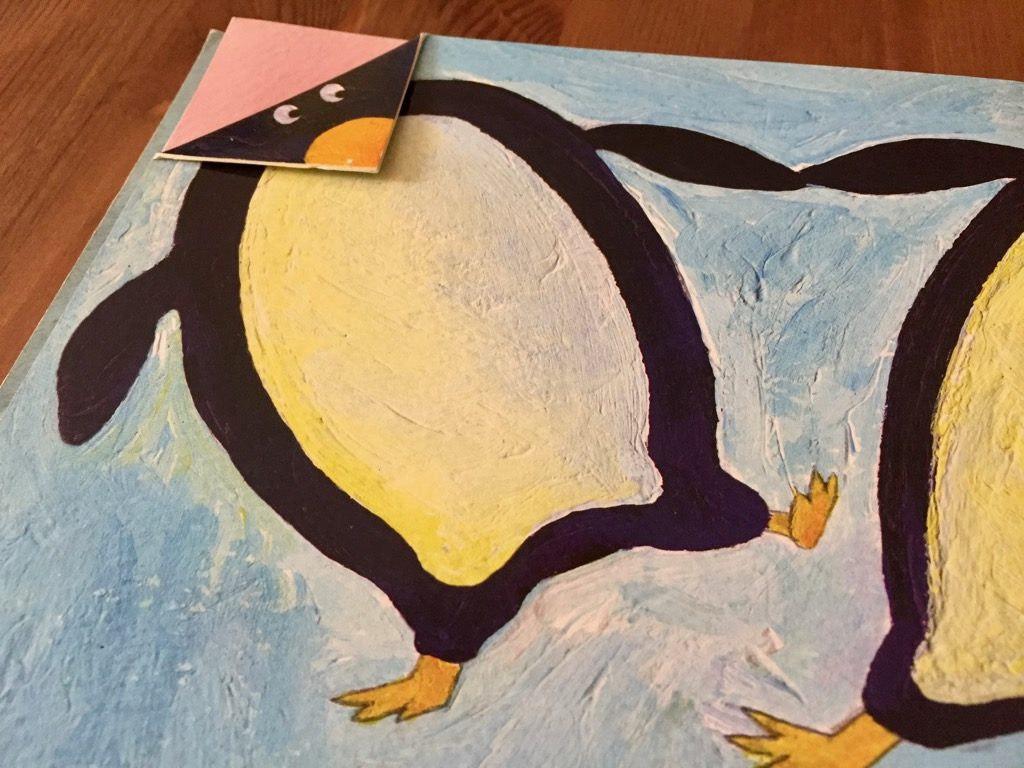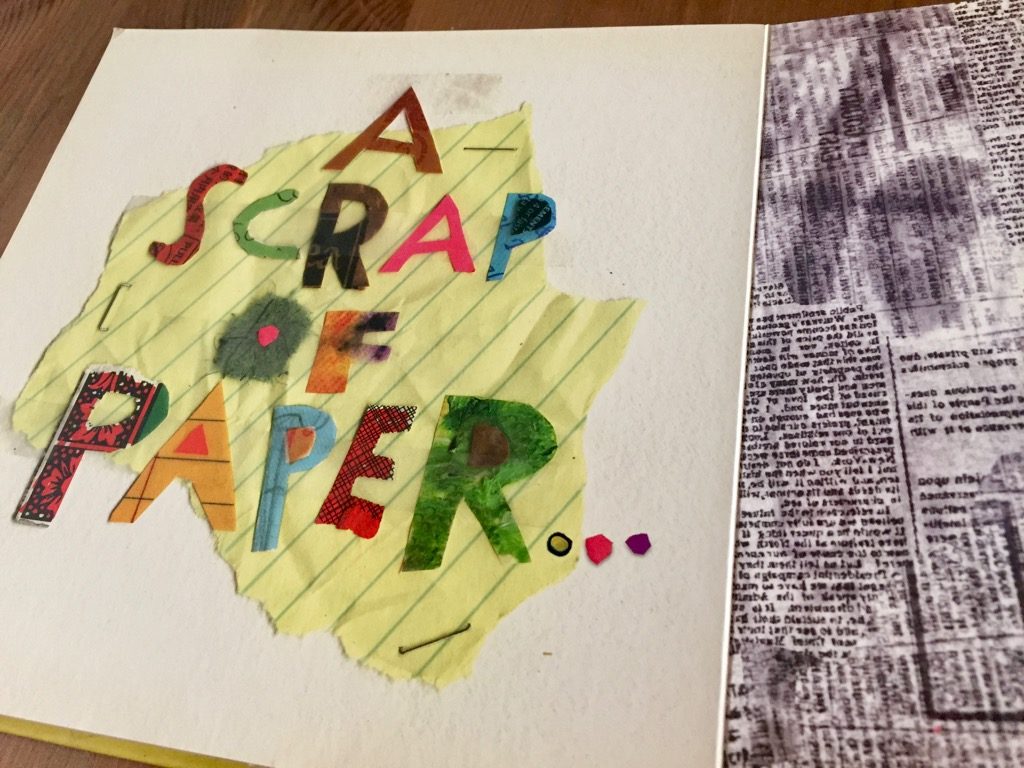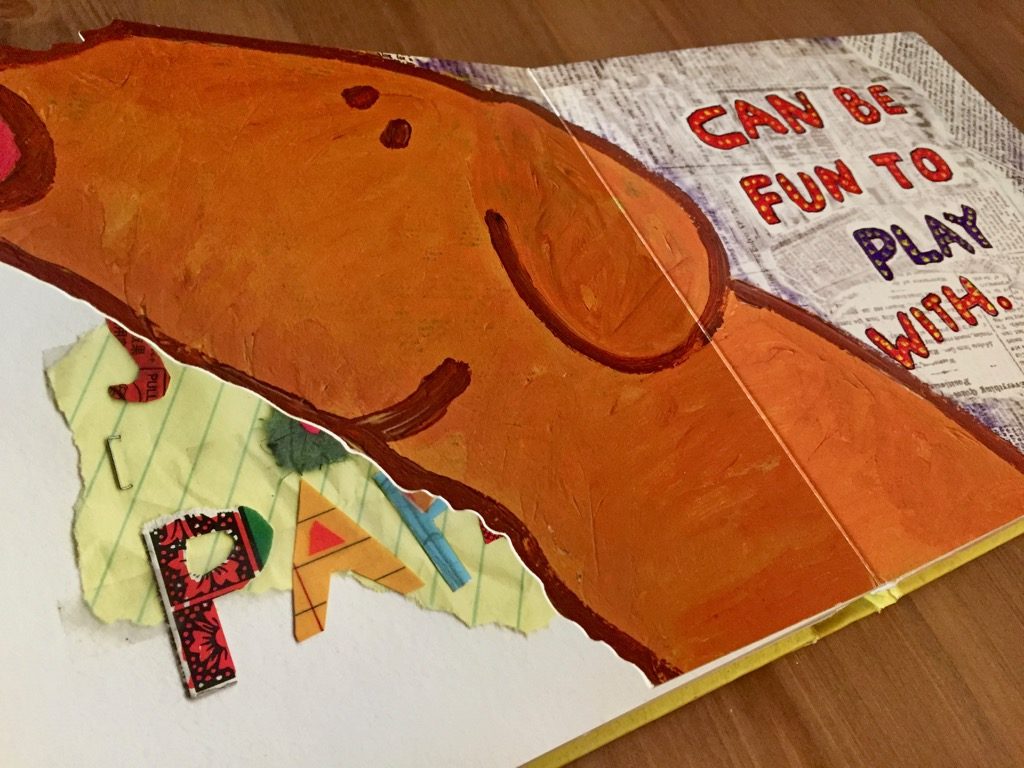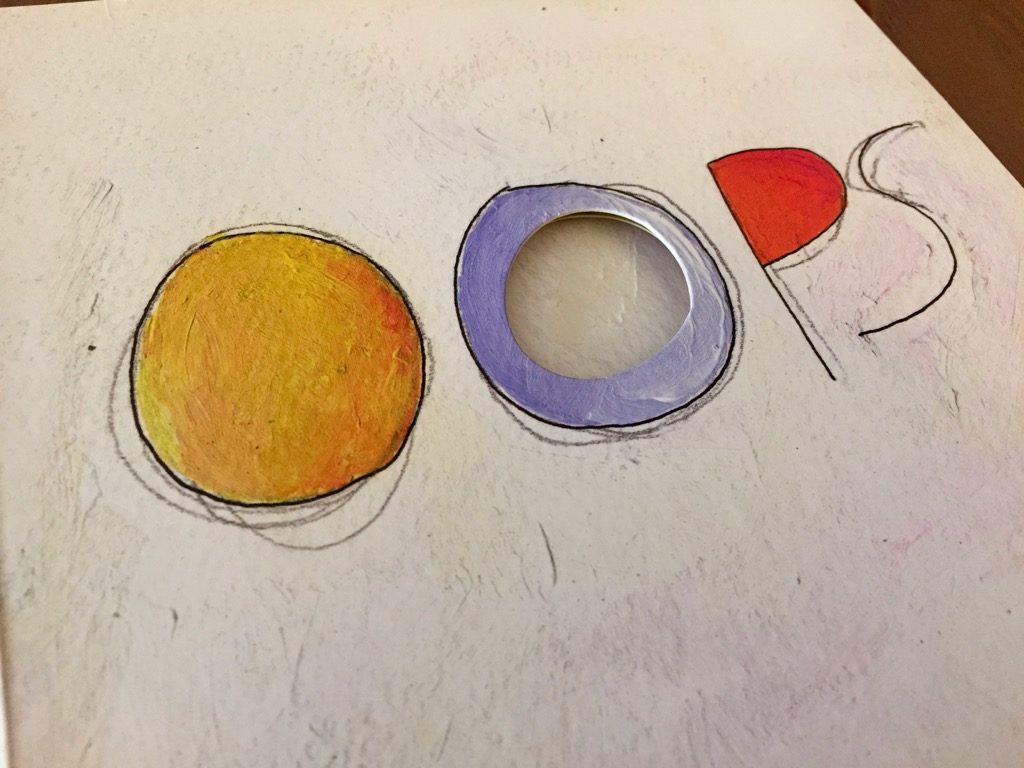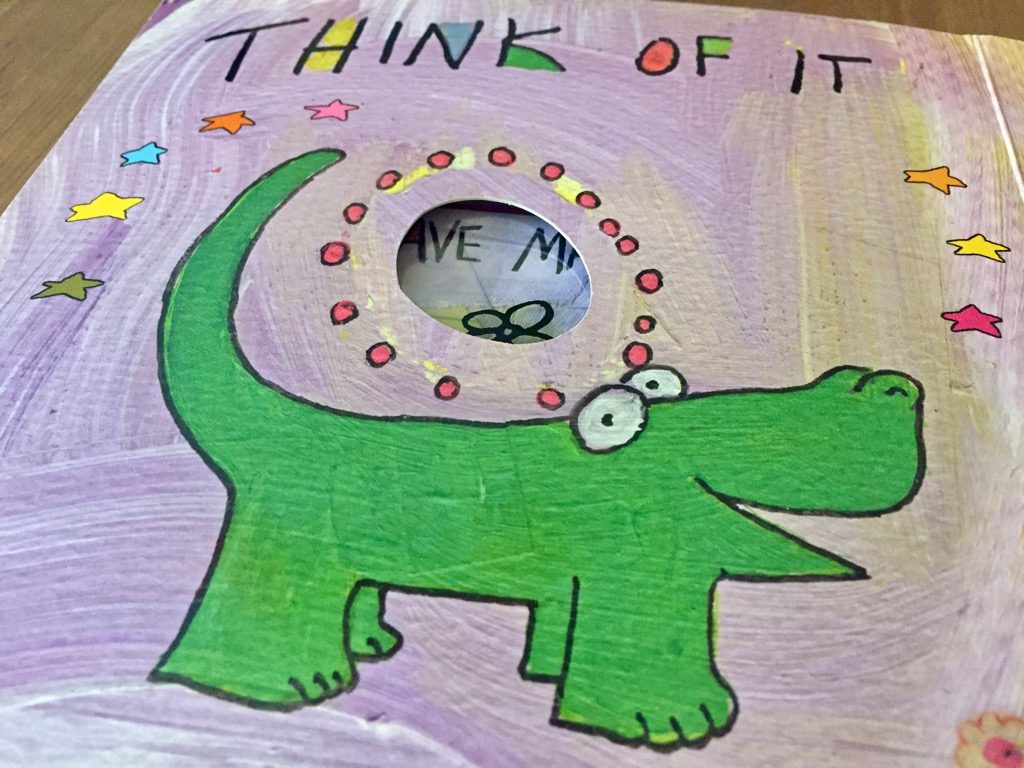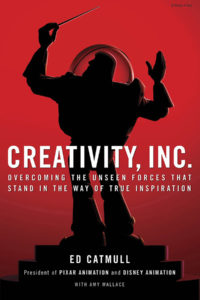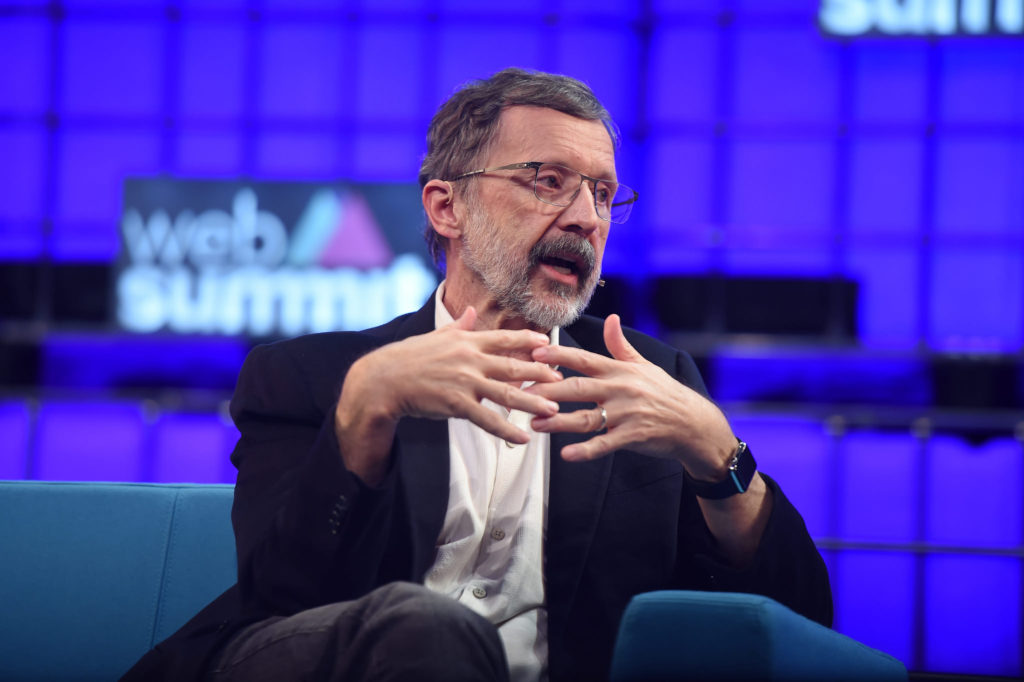A playful book with a timeless lesson for young readers — it’s okay to mess up, and failure is nothing to be ashamed of.
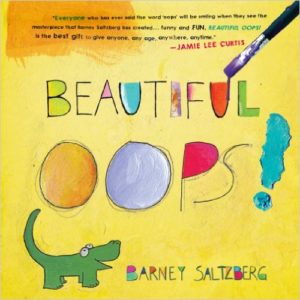 “We need to think about failure differently,” Ed Catmull asserted in Creativity, Inc., his tell-all book on managing Pixar Animation Studios. “Mistakes aren’t a necessary evil. They aren’t evil at all. They are an inevitable consequence of doing something new.”
“We need to think about failure differently,” Ed Catmull asserted in Creativity, Inc., his tell-all book on managing Pixar Animation Studios. “Mistakes aren’t a necessary evil. They aren’t evil at all. They are an inevitable consequence of doing something new.”
Making the most of mistakes is a central theme of Beautiful Oops! (public library) by Barney Saltzberg, a playful and thoughtfully designed book for children ages three and up. With every page comes a new accident — a folded corner, a couple drops of spilled paint — and an interactive opportunity for readers to “do” something creative with it. For example, on one page children pull back flaps to see how a stain left by a coffee mug can be transformed into a beautiful work of art.
The mistakes in the book cleverly focus on art, but it’s not difficult for readers to draw parallels between this theme and virtually everything else in life. The overriding message is summarized in the final pages of the book.
When you think you have made a mistake…
Oops.
Think of it as an opportunity to make something beautiful!
Some readers may question the premise of this book. The logic seems somewhat counterintuitive in a world where teachers still grade papers in red ink and assign “F” grades (for “failing,” of course) to subpar assignments. Even in classrooms without grades, most students receive a “passing” or “failing” mark.
Conventional wisdom suggests that when it comes to mistakes, we should help our children as much as possible. Presumably that entails helping them avoid making mistakes whenever possible. After all, isn’t failure something children should be ashamed of? Shouldn’t parents encourage kids to actively try to avoid making mistakes?
No, say experts. In an op-ed for the New York Times, Madeline Levine, a psychologist and the author of Teach Your Children Well: Parenting for Authentic Success, argues that parents should step back and let their children make mistakes.
Hanging back and allowing children to make mistakes is one of the greatest challenges of parenting. It’s easier when they’re young — tolerating a stumbling toddler is far different from allowing a preteenager to meet her friends at the mall. The potential mistakes carry greater risks, and part of being a parent is minimizing risk for our children.
If children are able to live with mistakes and even failing, why does it drive us crazy? So many parents have said to me, ‘I can’t stand to see my child unhappy.’ If you can’t stand to see your child unhappy, you are in the wrong business. The small challenges that start in infancy (the first whimper that doesn’t bring you running) present the opportunity for ‘successful failures,’ that is, failures your child can live with and grow from. To rush in too quickly, to shield them, to deprive them of those challenges is to deprive them of the tools they will need to handle the inevitable, difficult, challenging and sometimes devastating demands of life.
Jessica Lahey, an English teacher and the author of The Gift of Failure: How the Best Parents Learn to Let Go So Their Children Can Succeed, wrote in The Atlantic that she regularly sees her students prevented from making mistakes.
Children make mistakes, and when they do, it’s vital that parents remember that the educational benefits of consequences are a gift, not a dereliction of duty. Year after year, my ‘best’ students — the ones who are happiest and successful in their lives — are the students who were allowed to fail, held responsible for missteps, and challenged to be the best people they could be in the face of their mistakes.
Beautiful Oops! gets children off on the right foot by teaching them it’s okay to make mistakes. Failure isn’t something to be ashamed of. It’s a learning opportunity — a chance to grow personally and even produce a better outcome than originally expected.
After reading such a beautiful book, children may want to try their own hand at creating something new. For parents of young children who like to draw, author and illustrator Barney Saltzberg shared some advice in an interview.
Expose them to all types of art. Give them lots of paper! Don’t be judgmental. Let them explore. If the sky they paint is pink with yellow polka dots, that’s fine! There is not a ‘correct’ way to draw a cat! Let your kids find their way. Everything at school has a right and wrong answer. Making art is time for letting the rules go on vacation.
Beautiful Oops! is a tremendous accomplishment. The book’s engaging interactivity holds children’s attention time and time again, and the powerful message — that mistakes are inevitable and, in many ways, desirable — resonates with readers of all ages. Complement with Mossy, a touching book for children that explores the nature of wilderness, and Jan Brett’s drawing advice.

